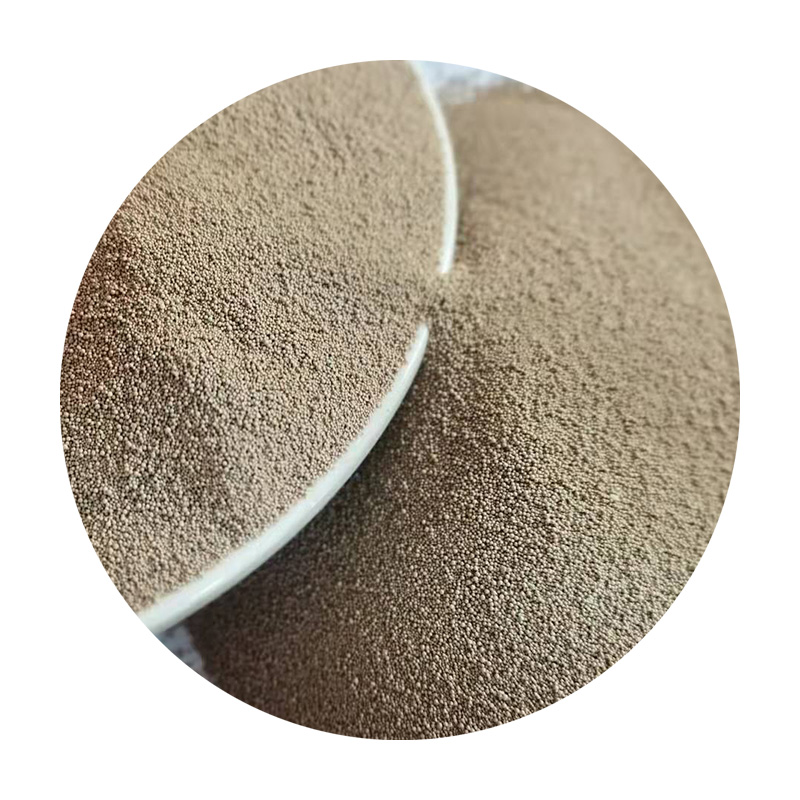Sanding Ceramic Mugs A Guide to Achieving a Smooth Finish
When it comes to crafting and customizing ceramic mugs, sanding is an essential technique that can elevate your projects. Whether you’re a hobbyist or a professional artisan, understanding how to properly sand ceramic mugs can enhance both aesthetics and functionality. This article will guide you through the importance of sanding, the materials you’ll need, and the step-by-step process to achieve a flawless finish.
Why Sanding Matters
Sanding serves several purposes in the ceramic finishing process. First and foremost, it helps to smooth out rough edges and surfaces, which is crucial for both comfort and appearance. A rough ceramic mug can be uncomfortable to hold and may not present well in a retail setting or as a gift. Additionally, sanding helps prepare the surface for further decoration, such as glazing or painting, by ensuring better adhesion of materials.
Materials Needed
Before you begin sanding, gather the necessary materials
1. Sandpaper or sanding sponge Use various grits, starting with coarser (around 80-100 grit) and gradually moving to finer grits (up to 400 grit). This will help transition smoothly from rough to fine finishing. 2. Dust mask Protect your lungs from silica dust produced during sanding. 3. Safety goggles To shield your eyes from irritating particles. 4. Sponge or cloth For cleaning dust off the mug after sanding. 5. Optional Water for wet sanding, which minimizes dust and can produce a smoother finish.
Step-by-Step Process
sanding ceramic mug

1. Start with Coarse Grit Begin with the coarser sandpaper to remove any significant imperfections. Hold the mug firmly and sand in a circular motion or along the contour of the mug. This sanding technique ensures even pressure and minimizes flat spots.
2. Progress to Finer Grits Once the rough spots are evened out, switch to a medium grit (around 220) to refine the surface. Follow up with fine grit sandpaper (320 to 400) to achieve a sleek and smooth finish.
3. Clean the Surface After sanding, it’s crucial to remove all the dust particles. Use a damp sponge or cloth to wipe down the mug thoroughly. This step is vital before moving on to any painting or glazing.
4. Inspect the Mug Hold the mug up to the light to check for any uneven areas or missed spots. If necessary, repeat the sanding process on these areas.
5. Final Touches Depending on your project’s goals, you can now proceed with painting, glazing, or simply leave your mug with a natural finish.
Conclusion
Sanding ceramic mugs is a fundamental skill that can significantly enhance your ceramic crafting experience. By paying close attention to the sanding process and using the right techniques, you can achieve beautiful, functional mugs that are sure to impress. Whether for personal use or to sell, a well-finished ceramic mug is always a delight to behold and hold. So gear up, grab your materials, and start sanding to create your masterpiece!
Post time:Oktoba . 30, 2024 14:56
Next:The Characteristics of Sintered Sand
